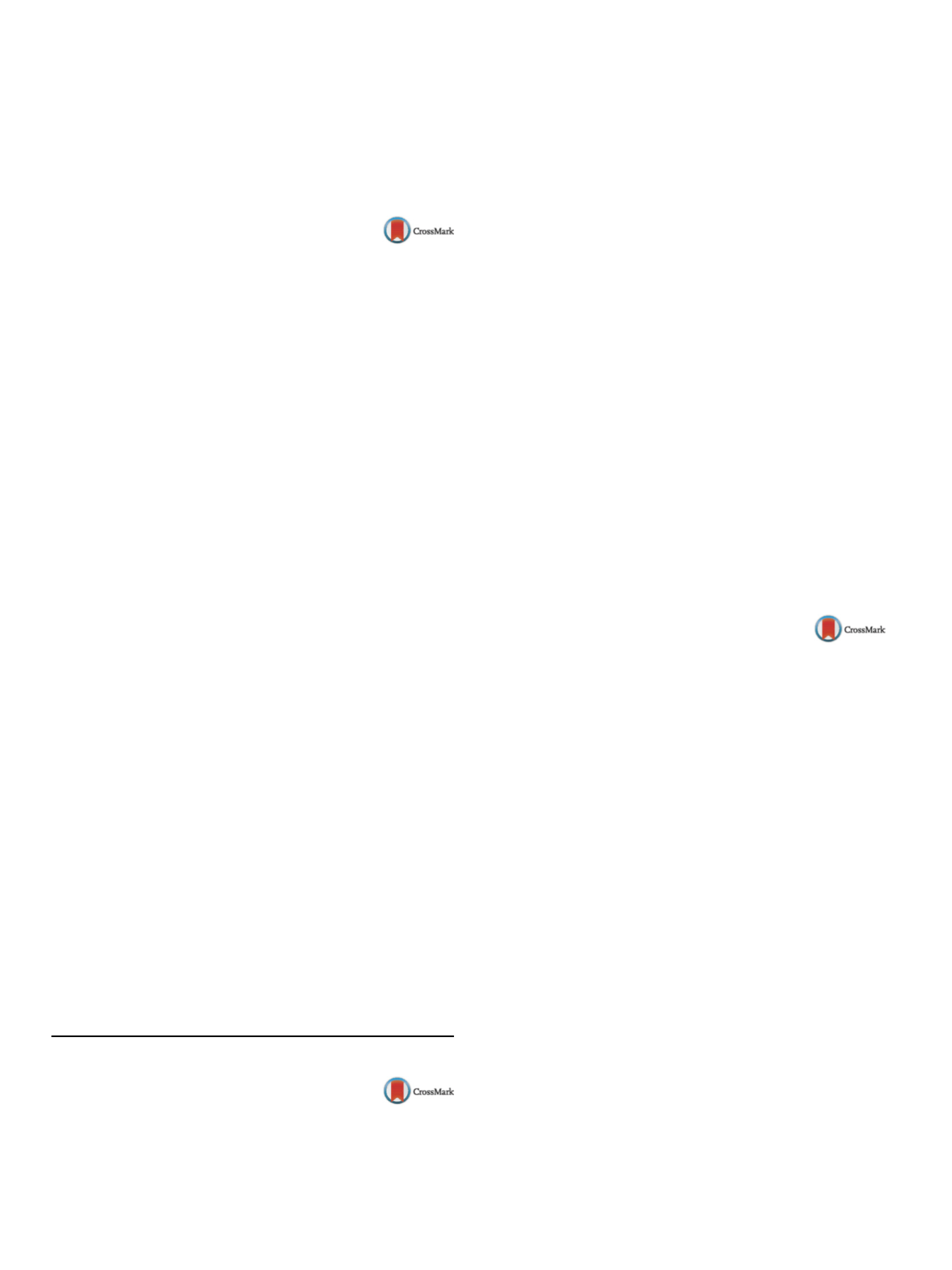

S28
25th European Congress of Psychiatry / European Psychiatry 41S (2017) S8–S52
prevention program focusing not only stress and symptom man-
agement, but also social cognitive domains.
Disclosure of interest
Consultant to Boehringer Ingelheim lecture
fees by Boehringer Ingelheim, Otsuka travel grant by Servier.
http://dx.doi.org/10.1016/j.eurpsy.2017.01.140S067
Intervention in early psychosis -
Current status and future perspectives
S. Galderisi
∗
, D. Pietrafesa , D. Palumbo
University of Campania “Luigi Vanvitelli”, department of psychiatry,
Naples, Italy
∗
Corresponding author.
Introduction
The delay between psychosis onset and initiation
of treatment (duration of untreated psychosis, DUP) is associated
with a poorer treatment response and overall functional outcome.
In Europe several early detection and intervention programs have
been developed to reduce the DUP and promote Phase-specific
Treatments (PsTs).
Aims
To review the evidence of a) the effectiveness of European
Early Interventions (EEIs) in reducing DUP; b) an impact of PsTs on
clinical and social outcomes; and c) EEIs cost-effectiveness.
Methods
A literature search in PubMed, PsychInfo, Cochrane and
individual journals through cross-referencing was performed. All
European Randomized Controlled Trials (RCTs) designed to reduce
DUP and/or to implement PsTs for people with first-episode psy-
chosis were included in the review.
Results
Studies examining early detection programs compared
with Standard Care (SC) reported discrepant findings as to their
impact on the DUP. PsTs generally reduce hospitalizations and
improve service engagement when comparedwith SC; their impact
on other clinical variables, e.g. symptomatology and social func-
tioning, is unclear. Studies assessing EEIs cost-effectiveness in
comparison with SC consistently report an advantage for EEIs in
the long run.
Conclusions
EEIs, as compared to SC, show several advantages
that seem to result in an overall reduction in the cost of care. There-
fore, the development of EEI is recommended.
On the other hand, some inconsistencies in the reported results
suggest that EEIs should include psychosocial interventions tar-
geting unmet needs of schizophrenia patients, such as cognitive
dysfunction and negative symptoms.
Disclosure of interest
SG received honoraria or Advisory
board/consulting fees from the following companies: Lund-
beck, Janssen Pharmaceuticals, Hoffman-La Roche, Angelini-Acraf,
Otsuka, Pierre Fabre and Gedeon-Richter. All other authors have
declared.
http://dx.doi.org/10.1016/j.eurpsy.2017.01.141Symposium: Childhood trauma across
psychopathology: mediators and outcome in
clinical samples and molecular mechanistic
correlates
S068
Childhood trauma in bipolar
disorders: Familial and individual
mediators for predicting occurrence
and outcome
B. Etain
University Paris Diderot, psychiatry and addictology, Paris, France
Childhood trauma is highly prevalent in patients with bipolar dis-
order (BD) and has been associated to a more severe/complex
expression of the disorder. Little is known about the familial
and individual factors that can mediate the occurrence of trauma
within families but also influence the outcomes of BD. We will
present data from two independent samples of patients with BD
in order to identify the potential mediators for occurrence and
severity/complexity. In a first sample of 371 patients with BD, 256
relatives and 157 healthy controls, we will show that there is a
familial resemblance for emotional and physical abuses. Patients’
level of physical abuse was associated with their parental levels
of physical abuse, but also with their father’s history of alcohol
misuse (
p
< 0.05). Second, in a sub-sample of 270 normothymic
patients, we have performed a path-analysis to demonstrate that
emotional and physical abuses interacted with cannabis misuse
to increase the frequency of psychotic features and delusional
beliefs. Finally, in an independent sample of 485 euthymic patients
from the FACE-BD cohort we used path-analytic models to show
that emotional abuse increased all the assessed affective/impulsive
dimensions (
p
< 0.001). In turn, affect intensity and attitudinal
hostility were associated with high risk for suicide attempts
(
p
< 0.001), whereas impulsivity was associated with a higher risk
for presence of substancemisuse (
p
< 0.001). These results illustrate
that childhood trauma might derive from parental characteristics
(own childhood trauma and psychopathology) and increase the
severity/complexity of BD through individual dimensions of psy-
chopathology.
Disclosure of interest
The author has not supplied his declaration
of competing interest.
http://dx.doi.org/10.1016/j.eurpsy.2017.01.142S069
Childhood trauma and structural and
functional brain mechanisms linked
to psychopathology
M. Aas
Oslo university hospital, Norment- KG Jebsen center for psychosis
research- division of mental health and addiction, Oslo, Norway
Background
Childhood trauma increases the risk of a range of
mental disorders including psychosis. Whereas the mechanisms
are unclear, previous evidence has implicated atypical processing
of emotions among the core cognitive models, in particular sug-
gesting altered attentional allocation towards negative stimuli and
an increased negativity bias. Here we tested if childhood trauma
was associated with differentiation in brain responses to negative
and positive stimuli. We also tested if trauma was associated with
emotional ratings of negative and positive faces.
Methods
We included 101 patients with a DSM schizophre-
nia spectrum or bipolar spectrum diagnosis. History of childhood
trauma was obtained using the Childhood Trauma Question-
naire (CTQ). Brain activation was measured with functional MRI
during presentation of faces with negative or positive emo-
tional expressions. After the scanner session, patients performed
emotional ratings of the same faces. Structural MRI was also
measured.
Results
Higher levels of childhood trauma were associated with
stronger differentiation in brain responses to negative compared
to positive faces in clusters comprising the right angular gyrus,
supramarginal gyrus, middle temporal gyrus, and the lateral occip-
ital cortex (Cohen’s d = 0.72-0.77). In patients with schizophrenia,
childhood trauma was associated with reporting negative faces as
more negative, and positive faces as less positive (Cohen’s d > 0.8).
Conclusions
Along with the observed negativity bias in the
assessment of emotional valence of faces, our data suggest stronger
differentiation in brain responses between negative and positive
faces in patients with childhood trauma.


















